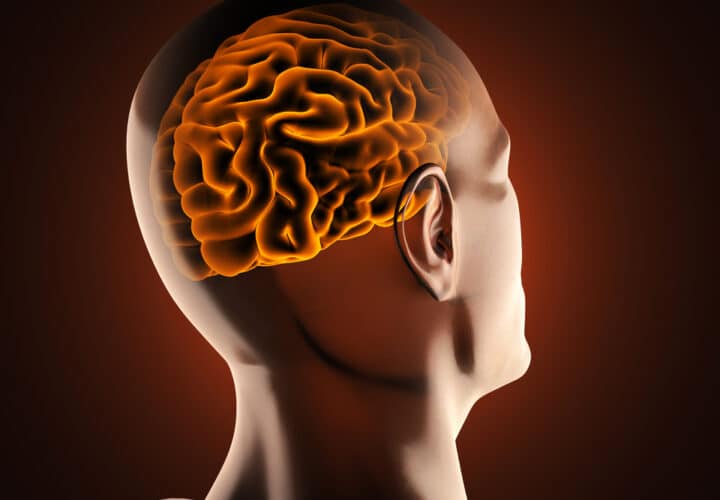Researchers in South Korea are trying out an experimental, Bluetooth-powered neural implant in mice.
Imagine if neurological conditions like Alzheimer’s could be treated by implanting a small device into the brain that would allow doctors to manipulate neurons using drugs and light. According to a team of researchers who developed the first soft neural implant that can be controlled via smartphone, we may not be too far away from this reality.
The researchers from the School of Electrical Engineering at KAIST in South Korea created a neural implant that can be placed inside of the brain. The device has replaceable drug cartridges and uses low-energy Bluetooth to reach neurons using a smartphone—at least, in mice.
In humans, the neuroscientists said they would also use the device to send various drugs and colored lights into the brain.
“This novel device is the fruit of advanced electronics design and powerful micro and nanoscale engineering,” said lead researcher Professor Jae-Woong Jeong. “We are interested in further developing this technology to make a brain implant for clinical applications.”
Currently, neuroscientists use rigid metal tubes and optical fibers to treat people with drugs and light, but these solutions often affect patient’s mobility because of the devices’ weight and may lead to brain lesions in the brain’s soft tissue. Therefore, doctors avoid using them for extensive periods of time. Other similar devices that use soft probes were not as effective as the current device because the drugs started to evaporate and had complicated control setups.
Thanks to the new device’s replaceable drug cartridge, researchers can now analyze various parts of the brain for months without worrying about having enough drugs.
The researchers inserted the ‘plug-n-play’ drug cartridges into a brain implant in mice that used a soft, thin probe and small LEDs for unlimited drug doses and light delivery. Rather than directly providing the mice with combinations of drugs and light, they were able to deliver this combination using a smartphone while away from the laboratory. In addition, the team thinks they can now launch animal studies that would allow them to control other animals’ behavior by delivering light and drugs to animals in the same vicinity.
“The wireless neural device enables chronic chemical and optical neuromodulation that has never been achieved before,” said lead author Raza Qazi, a researcher with KAIST and the University of Colorado Boulder.
In humans, the researchers hope to use this device to look at how particular neurons may affect behavior and come up with new therapies for pain, addiction and emotional problems. They also think it could help them learn more about what causes diseases like Alzheimer’s and Parkinson’s.
Access the full study here.





